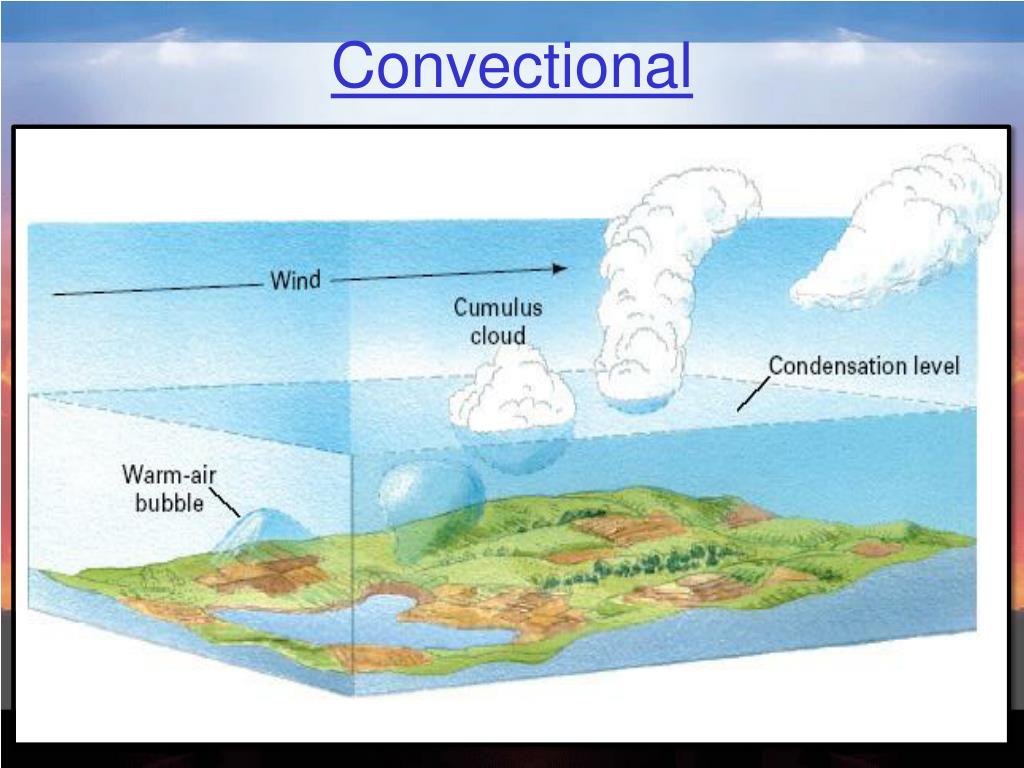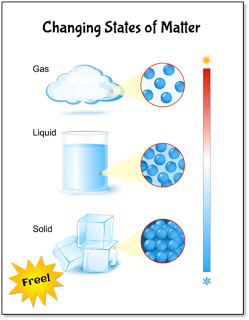

Try it the next time a multi-day storm front passes your area. On its way out, the winds experienced on the ground will shift to north and northwest. A storm moving from west to east in the northern hemisphere will begin with winds from the south and southeast. If the lower-level air is moisture laden, precipitation is likely to occur in the center of the cyclonic flow.Ĭyclonic flow, by the way, is a way to determine whether a large storm system is on its way in or out. Because the air can't expand downward into the ground, it moves upwward, pushing low-level air into colder regions above. The diagram shows that as cyclonic winds circulate, they push air into the center of the spiral. The resulting cyclonic flow tends to lift air in the center of spiraling wind. But giant storm fronts moving across the surface of a planet are indeed subject to this effect. While the idea is sound, the coriolis effect is too weak to work on water at that small scale. You might have heard that water in sink drains in the southern hemisphere spins in the opposite direction as it does in the north. This spinning is due to the coriolis effect. A cold front can move in "behind" a warm front, lifting it in the same way, its denser air sliding in beneath the less-dense warm air.īecause Earth is a spinning sphere (it's very nearly spherical), larger storms in the northern hemisphere tend to spin in a counterclockwise direction, opposite their counterparts in the southern hemisphere. When a warm front hits a cold front, the lifting can be dramatic, causing heavy precipiation events. Many storms that produce rain or snow are caused by frontal lifting. If a warm air mass collides with a cooler air mass, the lower density of the warm mass will cause it to ride up over the colder mass, thus lifting a mass of air that can hold more water and causing it to cool. We call the leading edges of these air masses warm fronts and cold fronts As these move around the planet by the prevailing winds (west-to-east in the northern hemisphere and east-to-west in the southern), the rising of warm air masses and the sinking of cold ones, and other more local forces like terrain, they sometimes collide. They areĭifferential heating by the sun, which occurs because of differences in latitude, the angle with which the sun passes through the atmosphere, whether sunlight strikes continents or oceans, and a lot of other kinds of differences, leads to warmer air masses and cooler ones being formed over time.

In this section we'll include the big four of these. That relative coolness means if a mass of water-laden air is lifted to a higher altitude, its temperature will generally drop, causing it to be able to hold less water, so some of it may condense into clouds, which are water droplets or ice crystals suspended (not dissolved) in air, and some may even form droplets heavy enough that they fall to the ground as rain, snow or some other form of precipitation.Īny form of lifting of an air mass can lead to precipitation. That's why it's always so much cooler high in the mountains. In general, with just a couple of special exceptions, air temperatures are cooler as we go higher into the atmosphere. So if we take a mass of warm air with a certain amount of water dissolved in it, and cool it down, at some point the water will condense and drop out of solution – it will precipitate.

You can see from the graph that warm air can hold more water than cold air.


 0 kommentar(er)
0 kommentar(er)
